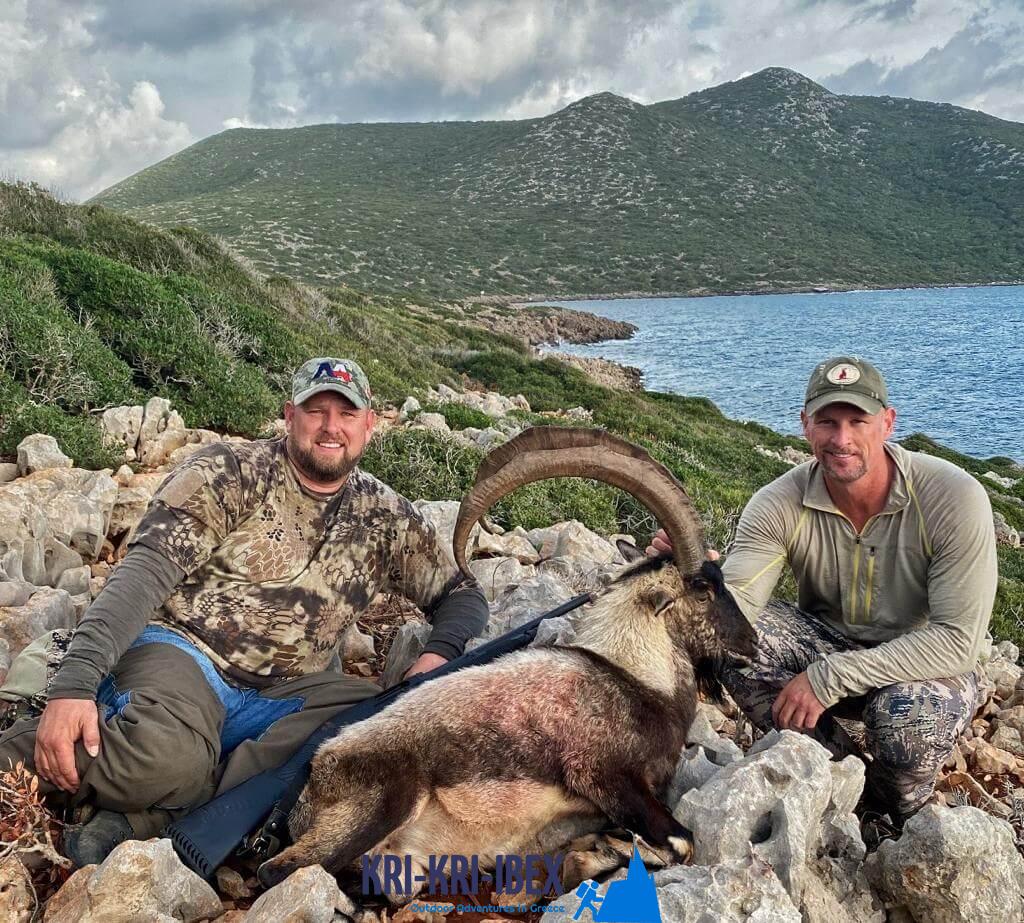Kri kri ibex searching in Greece
Kri kri ibex searching in Greece
Blog Article

To lots of people, The Peloponnese peninsula on the Greek Mainland is the 'real' Greece, where points have actually not changed much whatsoever over the centuries despite the fact that lots of people have actually discovered it. Look no further than the Peloponnese if you are looking for an authentic Greek outdoor experience! Right here you can diving and hunting on unique islands and touring at the same time.

Because it is not set, the number of Ibexes fluctuates with the population. The Ibexes of the Cretan Ibex breed Kri-Kri is the smallest ibex in terms of body weight, yet not horn length (Capra Aegagrus Cretica). A couple of specimens that went uncounted determined 115 centimeters (45 inches). The gold trophy is 61 centimeters (24 inches) long. The Kri-Kri ibex is pursued in Greece currently. Hunting is readily available on Atalanti as well as Sapientza. Searching is permitted on Atalanti from the recently of October to the first week of December. Hunting is allowed on Sapientza for the whole month of November, relying on climate condition.
Our outside hunting, angling, and also totally free diving tours are the best way to see every little thing that Peloponnese has to supply. These excursions are made for vacationers who want to get off the beaten path and also really experience all that this extraordinary region has to use. You'll get to go hunting in several of the most attractive wilderness areas in Greece, fish in crystal-clear waters for a range of various species, as well as cost-free dive in a few of the most magnificent shoreline in the Mediterranean. As well as best of all, our experienced guides will be there with you every action of the way to make sure that you have a pleasurable as well as secure experience.
There is absolutely something for everybody in the Peloponnese peninsula. Whether you are interested in history as well as society or nature and also exterior tasks, this is a perfect destination for your following vacation. If you are short in a timely manner, our searching and also visiting Peloponnese Tours from Methoni is a great way to see everything this spectacular area has to offer.And last but not least, your Kri Kri ibex trophy is waiting for you.
What is the diference between Kri Kri ibex, Bezoar ibex and hybrid ibex
The kri-kri is not thought to be indigenous to Crete, most likely having been imported to the island during the time of the Minoan civilization. Nevertheless, it is found nowhere else and is therefore endemic to Crete. It was common throughout the Aegean but the peaks of the 8,000 ft (2,400 m) White Mountains of Western Crete are their last strongholds–particularly a series of almost vertical 3,000 ft (900 m) cliffs called ‘the Untrodden’—at the head of the Samaria Gorge. This mountain range, which hosts another 14 endemic animal species, is protected as a UNESCO Biosphere Reserve. In total, their range extends to the White Mountains, the Samaria National Forest and the islets of Dia, Thodorou, and Agii Pandes.
This Ibex is NOT a diminutive form of the Bezoar Ibex, which has migrated into the western-most reach of the range of this species. The kri – kri (Capra aegagrus cretica), sometimes called the Cretan goat, Agrimi, or Cretan Ibex, is a feral goat inhabiting the Eastern Mediterranean, previously considered a subspecies of wild goat. The kri-kri has a light brownish coat with a darker band around its neck. It has two horns that sweep back from the head. In the wild they are shy and avoid tourists, resting during the day. The animal can leap some distance or climb seemingly sheer cliffs.
“The agrimi goat Capra aegagrus cretica is unique to Crete and its offshore islands. It has been identi®ed as a sub-species of the wild bezoar goat Capra aegagrus aegagrus Erxleben, 1777, which it closely resembles in horn shape, body form and coloration. This classi®cation has been disputed by some researchers who claim that the agrimi are feral goats, derived from early domestic stock brought to the island by the ®rst Neolithic settlers. In order to clarify this issue, DNA analyses (cytochrome b and D loop sequences) were carried out on tissue of live and skeletonized agrimi and compared to sequences of wild and domestic caprines. Results conclusively show the agrimi to be a feral animal, that clades with domestic goats (Capra hircus) rather than with wild Asiatic bezoar. This study demonstrates that morphometric criteria do not necessarily re¯ect genetic af®nities, and that the taxonomic classi®cation of agrimi should be revised.”
Report this page